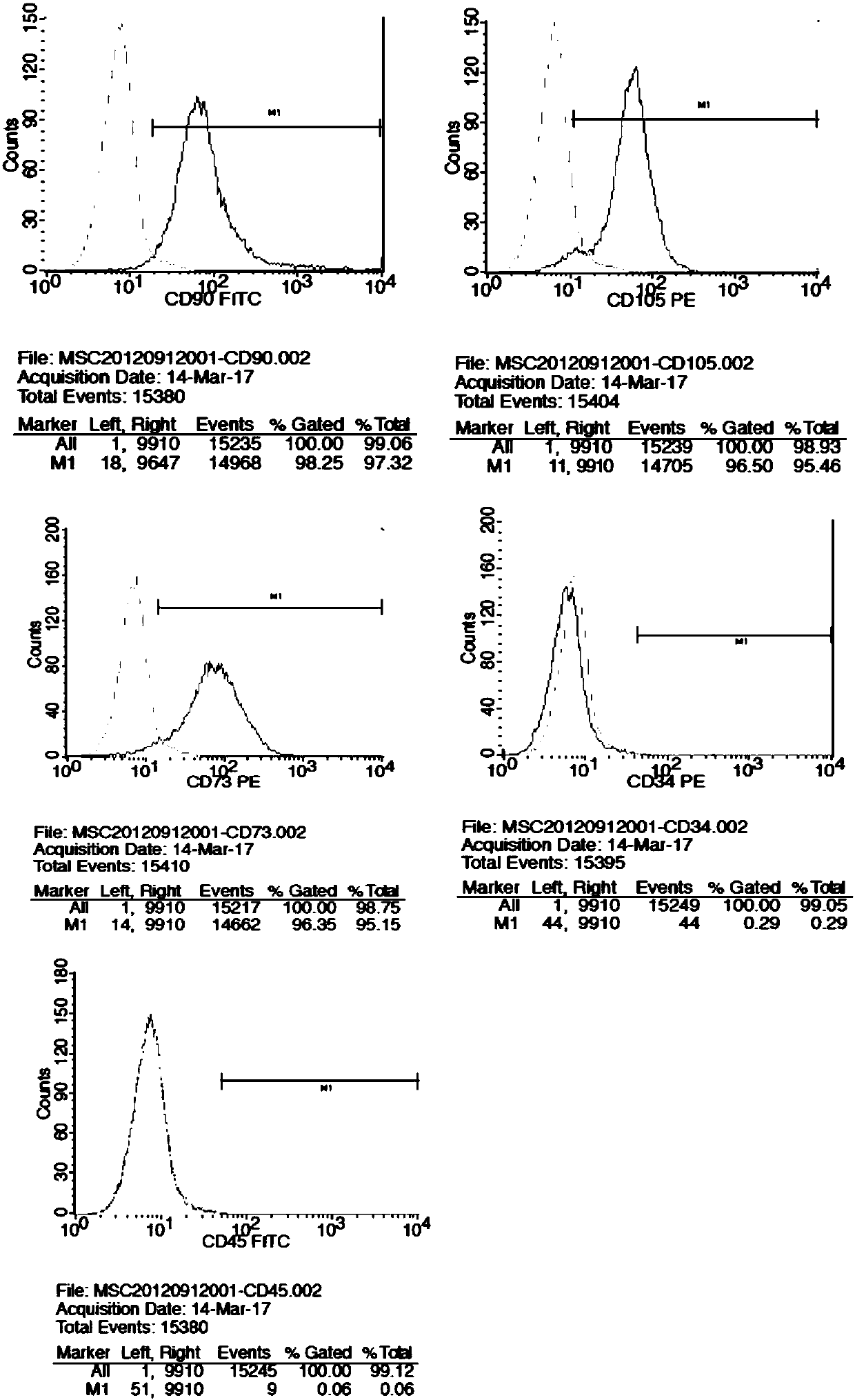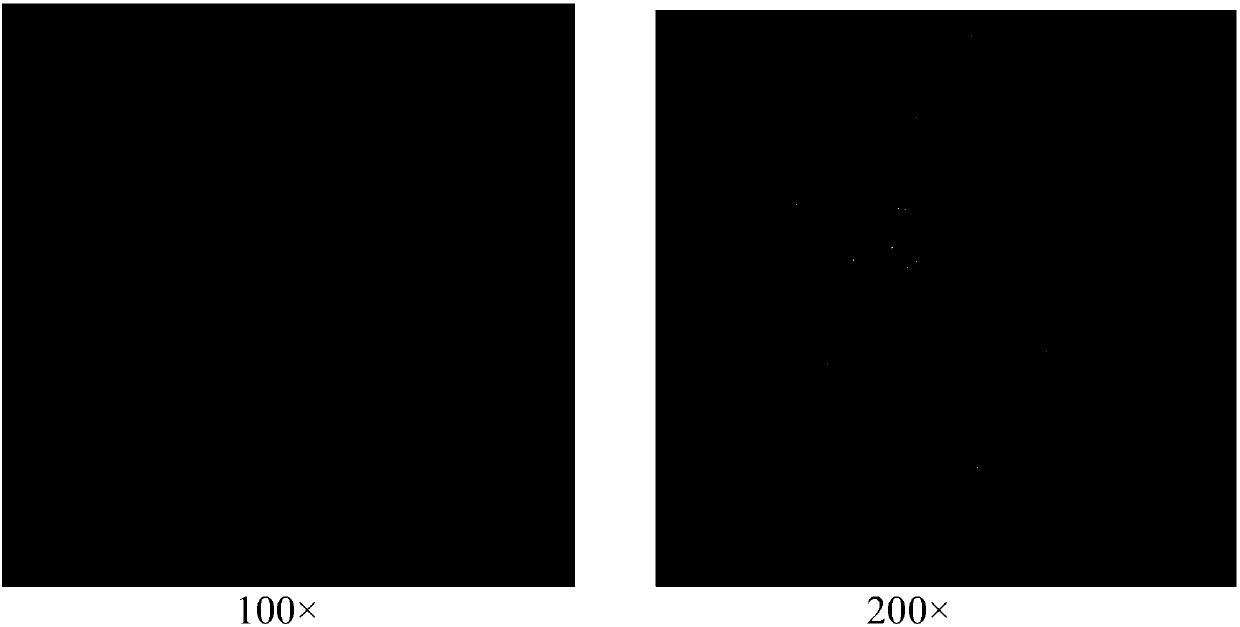Induction culture medium and induction method for differentiating umbilical stalk mesenchymal stem cells into neuron-like cells
A technology for inducing culture medium and stromal cells, which is applied in the field of induction medium for umbilical cord mesenchymal stem cells to differentiate into neural-like cells, which can solve the problems of limited sources and achieve the effect of short induction time.
- Summary
- Abstract
- Description
- Claims
- Application Information
AI Technical Summary
Problems solved by technology
Method used
Image
Examples
Embodiment 1
[0031] The present invention is an example of an induction medium for umbilical cord mesenchymal stem cells to differentiate into nerve-like cells, and the induction medium for umbilical cord mesenchymal stem cells to differentiate into nerve-like cells in this example includes piceatanol and basic medium , the concentration of piceatanol in the induction medium is 62.5 μmol / L, and the basic medium is L-DMEM medium.
[0032] The method for inducing differentiation of umbilical cord mesenchymal stem cells into neural-like cells in this example is as follows:
[0033] ① Isolation, culture and expansion of umbilical cord mesenchymal stem cells
[0034] Under sterile conditions, take a 10cm umbilical cord from a healthy fetus, soak it in a petri dish filled with alcohol for one minute, then put it into a petri dish filled with normal saline to wash away blood clots and residual alcohol; then put it into the next petri dish filled with In a petri dish of normal saline, cut the w...
Embodiment 2
[0049] The present invention is an example of an induction medium for umbilical cord mesenchymal stem cells to differentiate into nerve-like cells, and the induction medium for umbilical cord mesenchymal stem cells to differentiate into nerve-like cells in this example includes piceatanol and basic medium , the concentration of piceatanol in the induction medium is 125 μmol / L, and the basic medium is L-DMEM medium.
[0050] The specific operation of the method for inducing differentiation of umbilical cord mesenchymal stem cells into neural-like cells in this example is the same as in Example 1, except that the concentration of piceatanol in the induction medium used is 125 μmol / L.
[0051] Results: Adding L-DMEM medium containing 125 μmol / L picatatanol for induction, 90% of neural-like cells could be obtained after only 2 hours of induction of mesenchymal stem cells.
[0052] When induced by 125μmol / L piceatanol for 0.5h, about 45% of the cell body shrank into a round or oval...
Embodiment 3
[0054] The present invention is an example of an induction medium for umbilical cord mesenchymal stem cells to differentiate into nerve-like cells, and the induction medium for umbilical cord mesenchymal stem cells to differentiate into nerve-like cells in this example includes piceatanol and basic medium , the concentration of piceatanol in the induction medium is 250 μmol / L, and the basic medium is L-DMEM medium.
[0055] The specific operation of the method for inducing the differentiation of umbilical cord mesenchymal stem cells into neural-like cells in this example is the same as in Example 1, except that the concentration of piceatanol in the induction medium used is 250 μmol / L.
[0056] Results: Adding L-DMEM medium containing 250 μmol / L picatatanol for induction, 90% of neural-like cells can be obtained after only 2 hours of induction of mesenchymal stem cells.
[0057] After being induced by 250μmol / L piceatanol for 0.5h, the cell body of about 60% of the cells shran...
PUM
 Login to View More
Login to View More Abstract
Description
Claims
Application Information
 Login to View More
Login to View More - R&D
- Intellectual Property
- Life Sciences
- Materials
- Tech Scout
- Unparalleled Data Quality
- Higher Quality Content
- 60% Fewer Hallucinations
Browse by: Latest US Patents, China's latest patents, Technical Efficacy Thesaurus, Application Domain, Technology Topic, Popular Technical Reports.
© 2025 PatSnap. All rights reserved.Legal|Privacy policy|Modern Slavery Act Transparency Statement|Sitemap|About US| Contact US: help@patsnap.com



